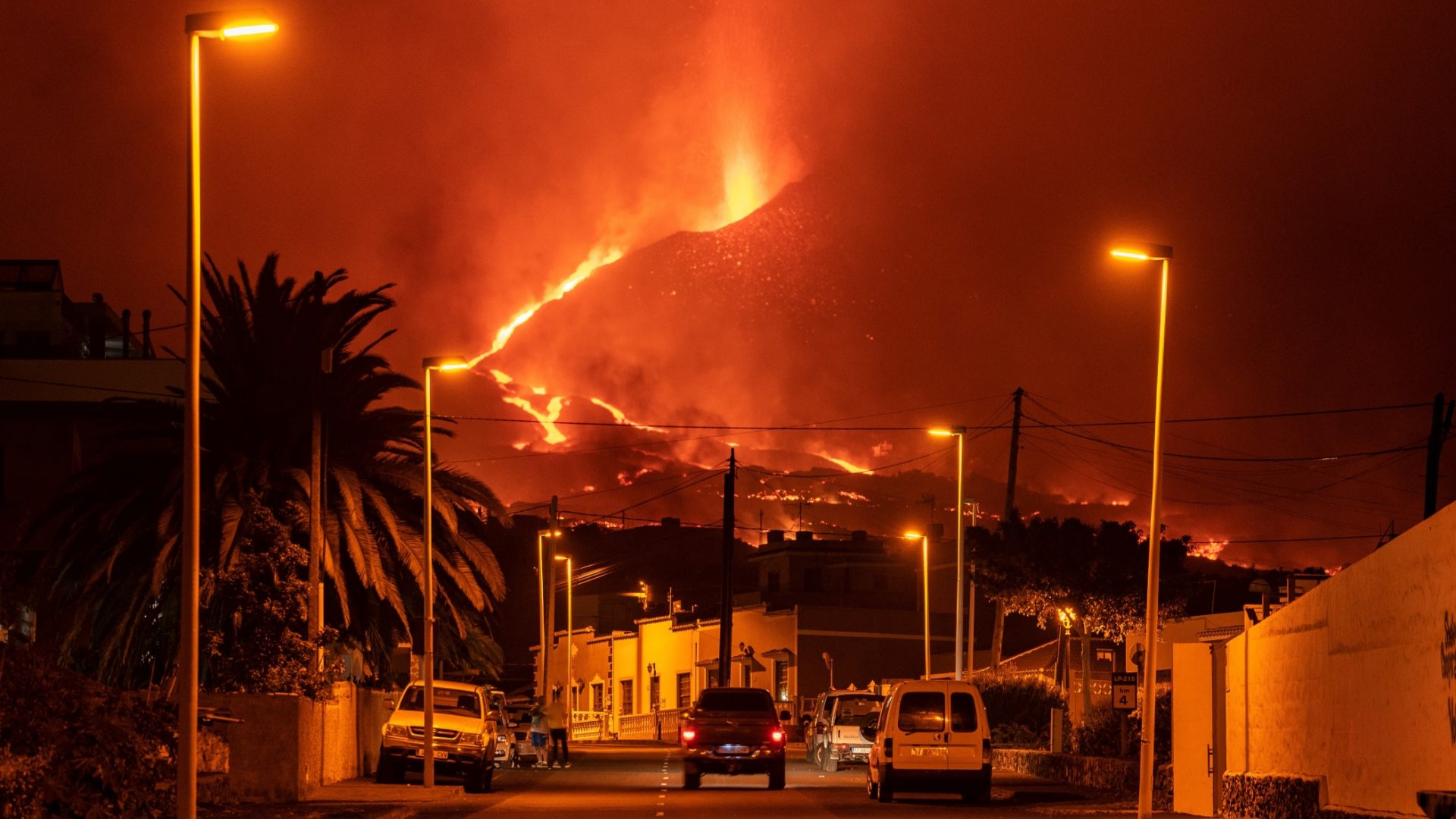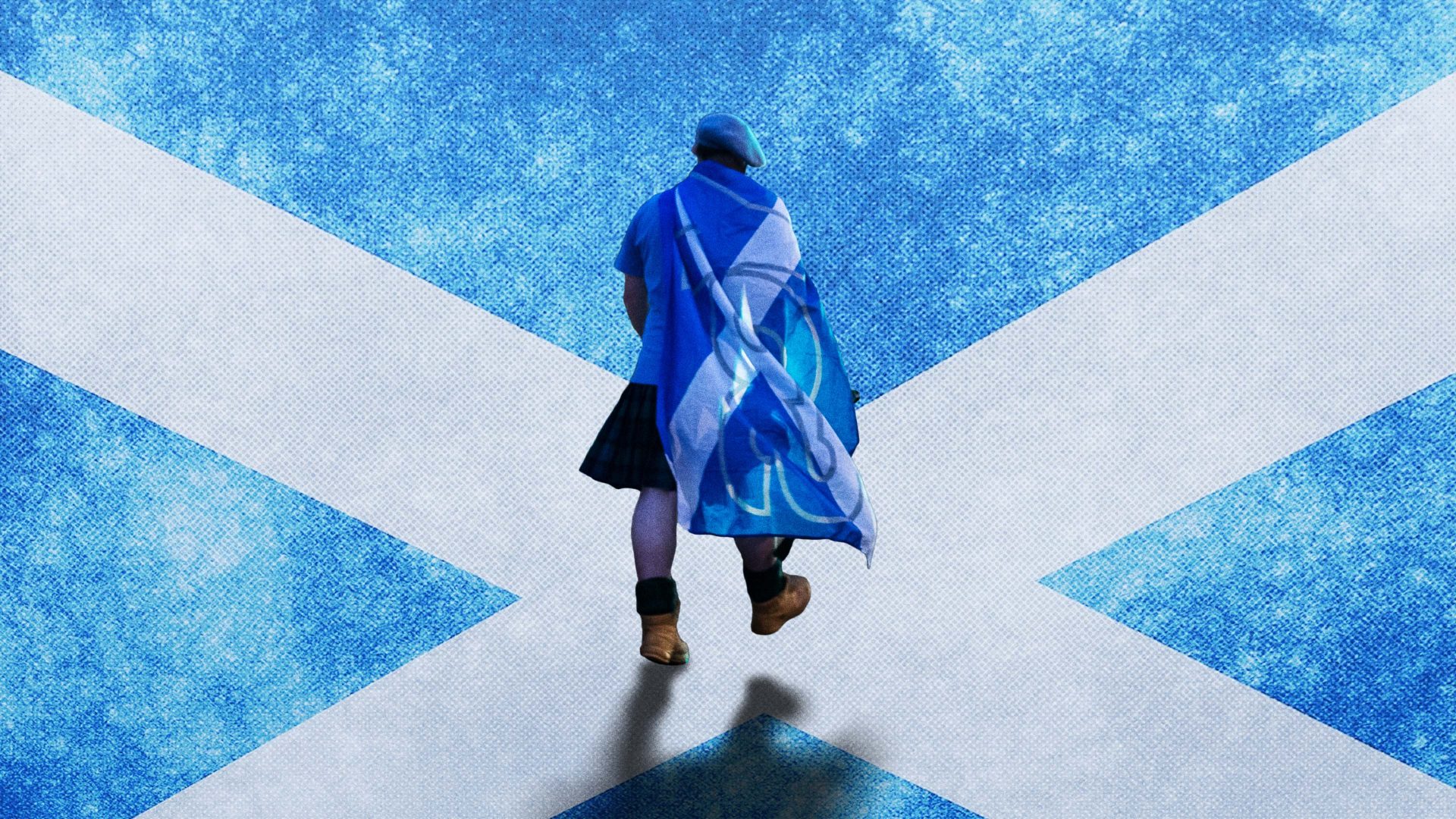Throughout history, the power, beauty and the threat of volcanoes has flowed through the European imagination like a river of molten stone. Britain itself is marked by the ancient presence of volcanoes. Scafell Pike, the highest mountain in England, is a dormant volcano, as is Arthur’s Seat, the peak that rises over Edinburgh.
In the Mediterranean, the Greek island of Santorini, also known as Thira, is all that remains of a vast, exploded deep sea volcano and it is one of the candidates for the creation of the vast wave that wiped out the ancient Minoan civilisation on Crete. As you walk around Santorini, the strange volcanic character of the island shows itself. Some of the beaches have white sand, others black, on others the sand is red.
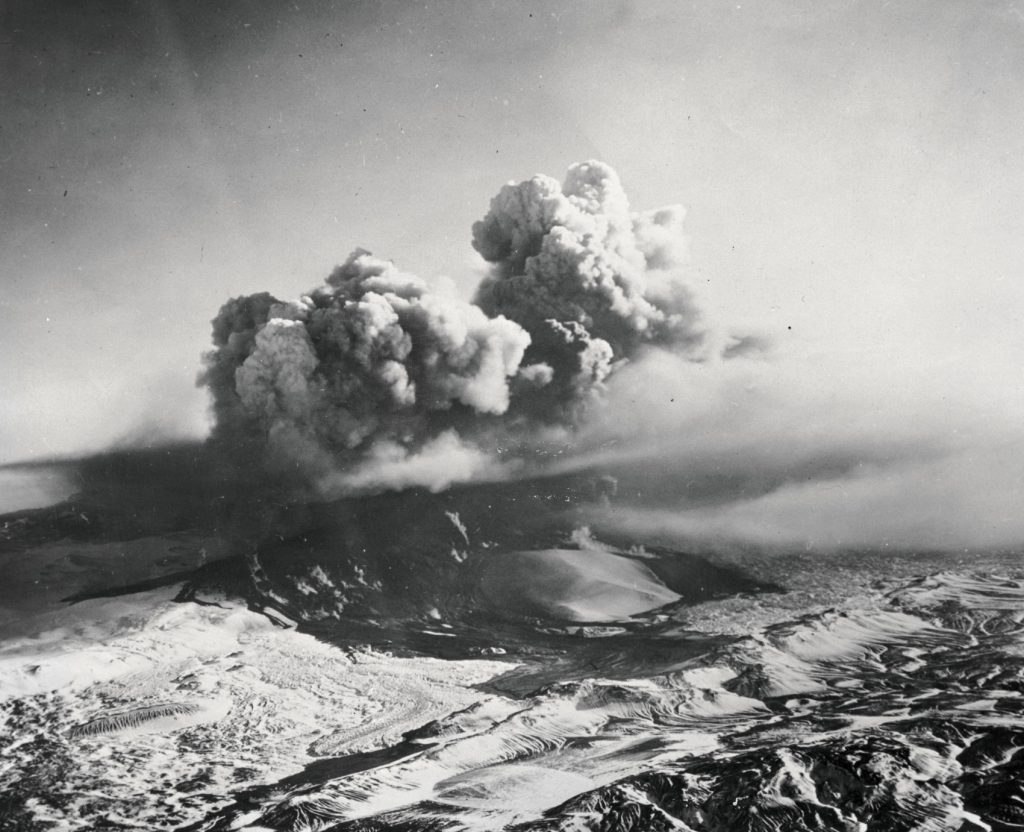
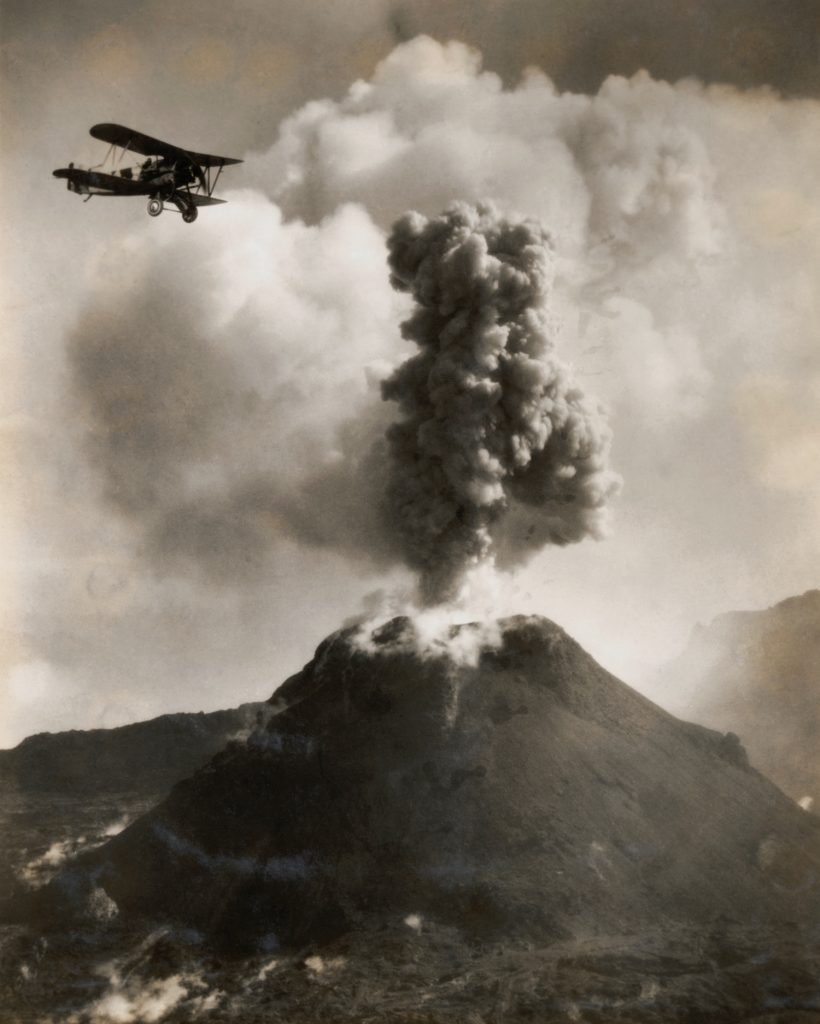
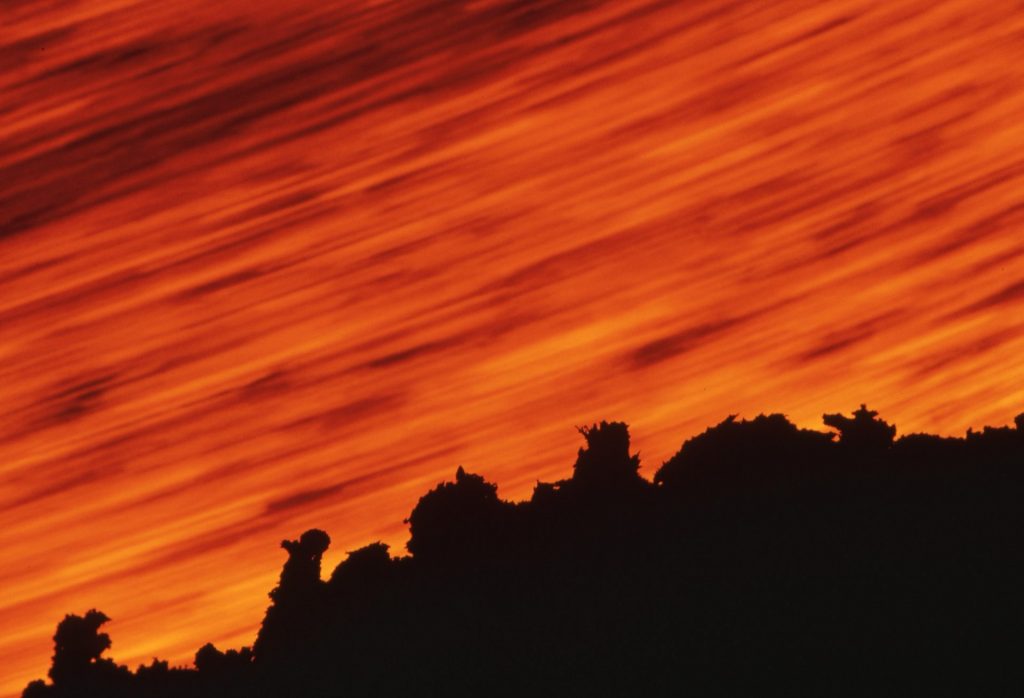
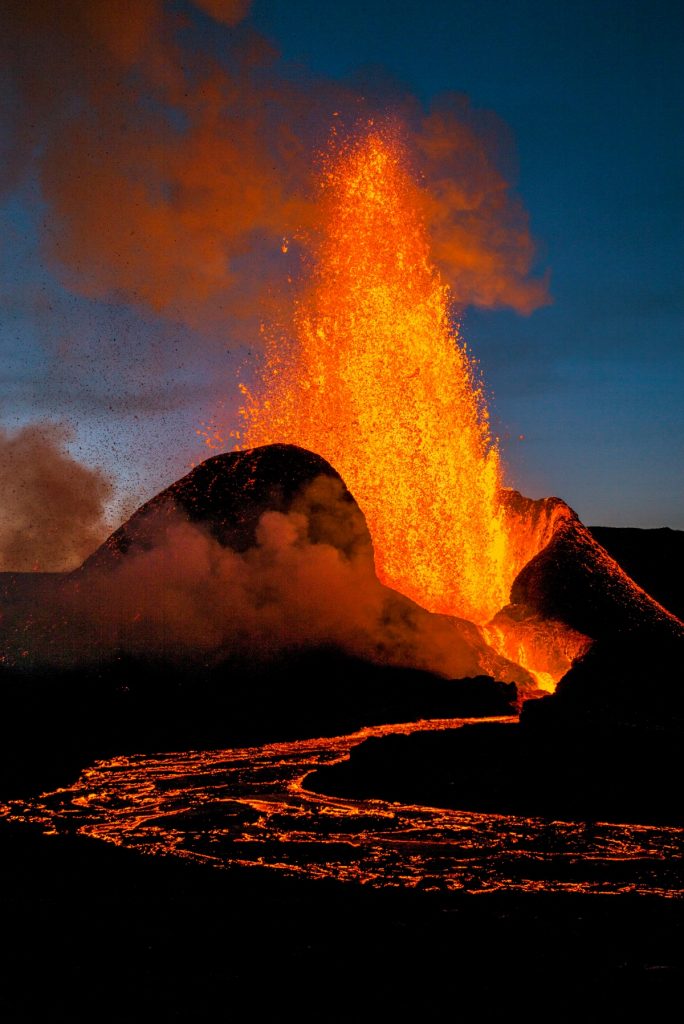
Out in the Atlantic, off the shoulder of Africa, are the Canary Islands. Among these, the island of Lanzarote is a huge twisted mass of volcanic rock that has burst out from the ocean floor. From a distance its strange black fields seem to have the texture of melted plastic. But it is in fact stone, sculpted by the immense heat of the earth’s core. The neighbouring island of Tenerife has a volcano at its centre, Mount Teide, which rises to nearly 4,000 metres. The landscape around it is so arid and alien that it was used as the backdrop to Planet of the Apes.
Perhaps the most famous account of an active European volcano comes from 79AD, when Pliny the Younger witnessed the eruption of Vesuvius, which he described in two letters. Fleeing the scene of the catastrophe, Pliny and his group were engulfed in a terrifying cloud of ash: “We had scarcely sat down when night came upon us,” he wrote, “not such as we have when the sky is cloudy, or when there is no moon, but that of a room when it is shut up, and all the lights put out.”
The sense of reverence and fear about what might be gathering in the underground chambers of the earth has ancient roots in European culture. Perhaps that is why volcanoes remain such a thing of deep fascination, and why wherever there are volcanoes, there are also tourists. The most threatening seismic activity in Europe is currently taking place in Iceland, which currently has 32 active volcanoes. There, as Jenna Gottlieb wrote in these pages last week, a 15km magma tunnel has formed beneath the town of Grindavík. Sections of land around the town have sunk alarmingly, and the population has been evacuated. No tourists allowed.
There is reason to be alarmed. In 2010, the volcano of Eyjafjallajökull erupted in the south of Iceland, and it spewed out ash, rocks and lava for three months. The ash cloud rose to a height of nine kilometres, and was dispersed across such a huge area that it shut down Europe’s entire airspace, the largest disruption to air travel since the second world war.
In other parts of Europe, the attitude to volcanoes is a little different. It’s possible to take a sightseeing boat out to the Lipari Islands, off the north coast of Sicily, a volcanic archipelago that stretches out into the Mediterranean. One of the islands, Stromboli, last erupted in 2019. The island of Vulcano, named after the Roman god of fire, Vulcan, is also part of that chain. It is the origin of the word volcano.
Up in Naples, there is a constant rumble of seismic activity. But Neapolitans aren’t scared easily, and don’t seem to bother much about it. Everyone knows the history, but that hasn’t stopped people from building houses on the slopes of Vesuvius – an active volcano.
But Vesuvius is a killer, and to visit the ancient ruins of Pompeii, or of Herculaneum, is a reminder of the horrors that can burst out with little warning. As archaeologists explored the remains of the two obliterated ancient Roman cities, they began to find empty spaces in the layers of volcanic ash. They poured plaster into these gaps, and when it had set, chipped away the surrounding ash, to leave behind only the hardened plaster. The result was a series of haunting casts of bodies, effigies of those who, unlike Pliny, had not been able to escape Vesuvius, and who had died where they fell. Their bodies were covered in the falling volcanic ash, which encased them. Over the centuries, as the bodies decayed to nothing, all that was left was the gap where a human form had once been.
The plaster bodies of Herculaneum are both unbearably poignant, and a troubling reminder of the annihilating power of nature. And we know that somewhere, at some time, it will happen again.

